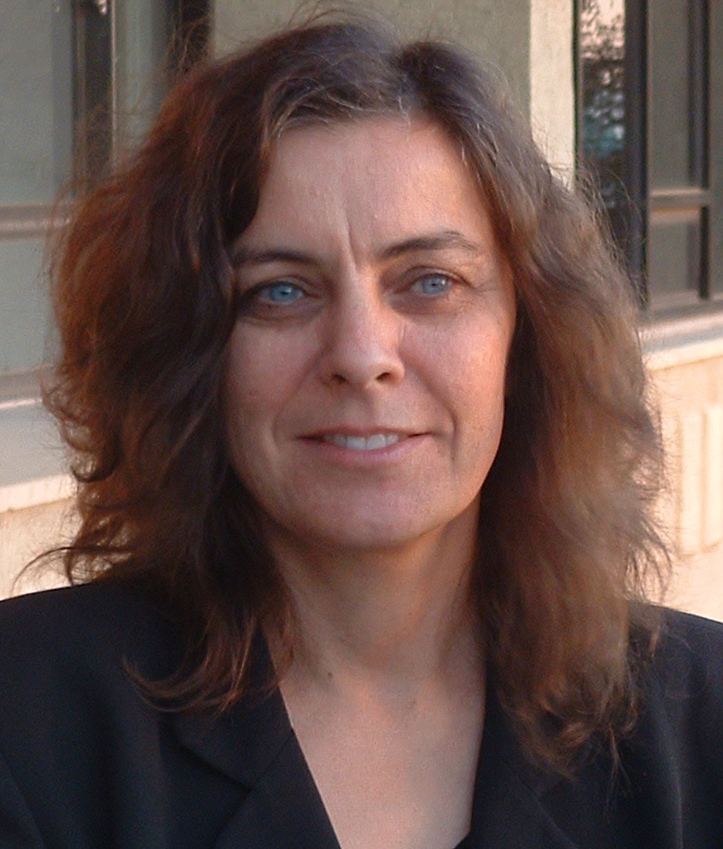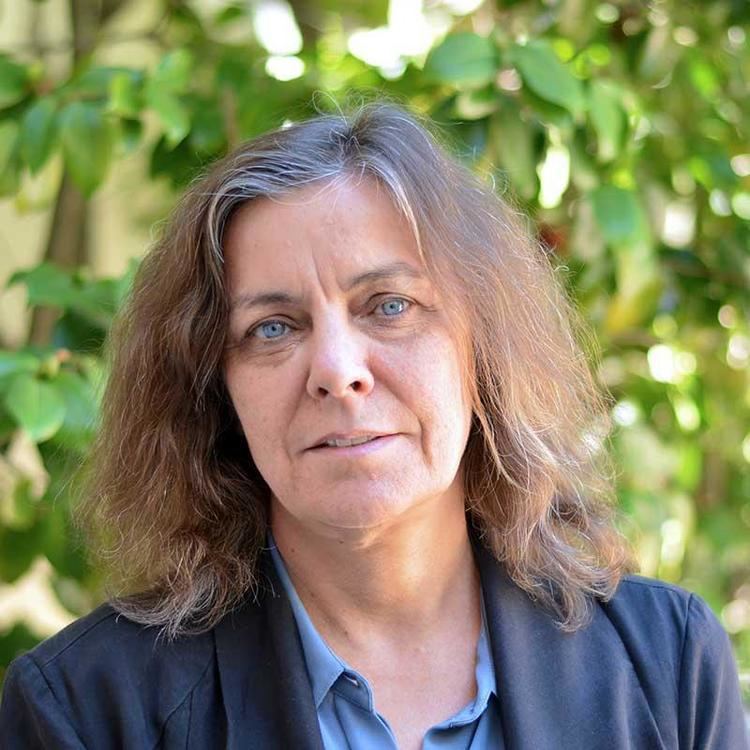Name Jillian Banfield | ||
 | ||
Awards MacArthur Fellowship, Guggenheim Fellowship for Natural Sciences, US & Canada | ||
Jillian Fiona (Jill) Banfield (born Armidale, Australia) is a geomicrobiologist and biogeochemist whose work focuses on the fundamental relationship between microorganisms and their chemical environments. Her most noted work includes publications on the structure and functioning of microbial communities and the nature, properties and reactivity (especially crystal growth) of nanomaterials.
Contents
- Professor jillian banfield laureate of the l or al unesco 2011 for women in science awards
- Early life and career
- Current research
- Personal
- Honors and awards
- References

Professor jillian banfield laureate of the l or al unesco 2011 for women in science awards
Early life and career

Banfield’s career began at the Australian National University where she completed her bachelor's and master's degrees (1978–1985) both examining granite weathering. She attributes her initial interest in geomicrobiology to Dr Tony Eggleton who drew her attention to processes at the earth's surface, mineral weathering and the regolith.

Banfield graduated with a Ph.D in Earth and Planetary Sciences from Johns Hopkins University in 1990 under the supervision of Professor David Veblen. Banfield has been a professor at the University of Wisconsin–Madison from 1990 to 2001 and The University of Tokyo (1996–1998). Since 2001, she has been a researcher and professor at the University of California Berkeley. Here she heads their geomicrobiology program and works as a researcher under the Lawrence Berkeley National Laboratory. Her current research spans from field sites in Northern California to Australia and from subjects including astrobiology and genomics/geosciences.
Current research

The Banfield lab studies microbial communities in terrestrial ecosystems, including soils, sediments and groundwater, as well as the human environment (human microbiome and the built environment). Topics of current interest include the process of microbial colonization, organism interdependencies, diversity and microbial evolution. This research includes consideration of microbial impacts on mineral dissolution and precipitation and the structure and reactivity of finely particulate nanomaterials and clays that are abundant and important in earth's near-surface environments.

Research exploring microbial diversity and metabolic capacities draws heavily on genome-resolved metagenomic methods coupled to tools that provide insight into function in situ (proteomics, transcriptomics, and metabolomics). In fact, the Banfield lab led the first research that achieved reconstruction of draft genomes from shotgun sequence information (metagenomics, also described as community genomics) as well as the first community (meta)proteomic studies of microbial communities (2004 and 2005, respectively). The combined approaches have been used to investigate many aspects of ecosystem function, including microbial impacts on the carbon, sulfur, nitrogen, iron and hydrogen cycles. Emphasis is placed on analysis of reconstructed genomes because these provide detailed information about genetic potential, with strain resolution, without reliance on laboratory isolation of the organisms or the need for sequences from related (but potentially metabolically distinct) species.

Studies conducted in an underground research facility in Japan are relevant for predicting the implications of microbial activity for the safety of geological disposal of high-level radionuclide wastes. Research conducted at Crystal Geyser (Green River, Utah) probes the potential for subsurface microbial communities to take up CO2 that could leak from CO2 sequestration sites, should such storage be pursued to limit CO2 contamination of the atmosphere from burning of fossil fuels. Research on the sediments and aquifer fluids at a site adjacent to the Colorado River near Rifle, Colorado, targets knowledge gaps related to how subsurface microbial communities are structured, respond to changes in environmental conditions, and influence the chemical form and reactivity of contaminants such as vanadium, selenium, arsenic and uranium. Important outcomes of this work include the first descriptions of hundreds of little known or previously unknown organisms, including those from massive groups of uncultivated bacteria (now referred to as the Candidate Phyla Radiation) and archaea.

In a study that involves collaboration with the Harrison Lab at the University of Cape Town, South Africa, the group is investigating microbial communities in bioreactors that breakdown thiocyanate, a toxic waste product of gold mining. The objective of this work is to develop understanding of how these communities function under different SCN loadings, and to provide clues as to the how to improve the effectiveness of biological decontamination of mining wastewater so that it can be recycled back into the mining process.
Research conducted at the Angelo Coast Range Reserve in northern California is comparing the membership and functioning of microbial communities involved in cycling of carbon and other compounds in soils and the vadose zone. Of particular interest is the response of soil consortia to the first fall rain event(s), when massive pulses of carbon and nitrogen compounds propagate through the system.
Research approaches developed initially to study mining-related sites (acid mine drainage-associated ecosystems) has been adapted to investigate the human microbiome. Of particular interest has been the process of colonization of the gastrointestinal tract of premature infants during their critical first weeks of life. In parallel, the lab is studying the sources of microbes that colonize the gut and the flow of microbes between the infant and the surrounding environment. A recent study demonstrated low level of overlap in the strain membership of microbial communities in different infants hospitalized in the same neonatal intensive care unit at the same time.
The group continues to study nanomaterials, including the process of oriented attachment-based crystal growth that they first described in detail in the mid- to late 1990s. Also of current interest is the impact of salinity on nucleation and growth of iron oxyhydroxides and on the structure of smectite clay materials.
Personal
Banfield is married to Peregrine (Perry) Smith, and they have three children: Nicole Smith (born 1986), Andrei Smith (born 1990) and Elliot Smith (born 1993).
